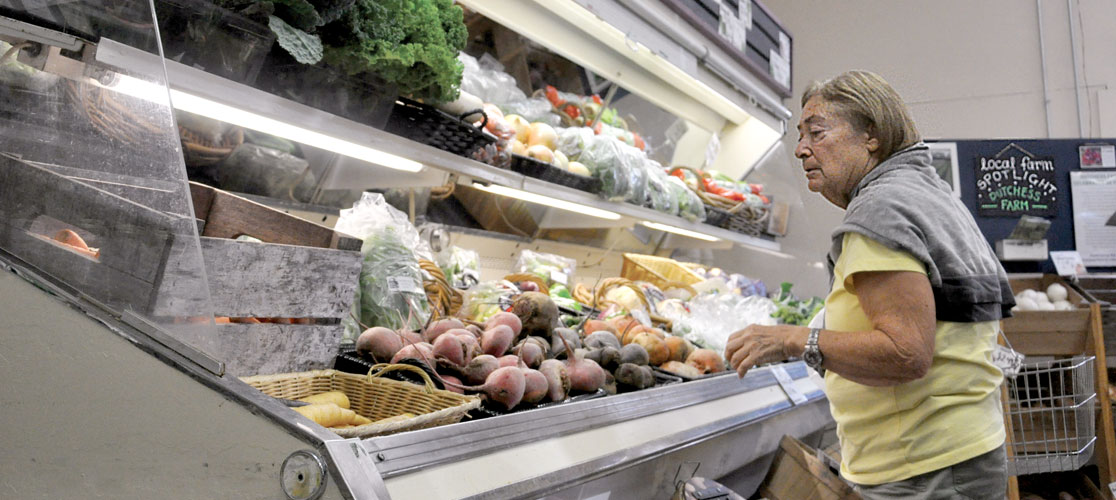
VT Food Security Roadmap: Objective G1
G1: The State guarantees Vermonters have the necessary financial resources to meet their basic needs
G1: The State guarantees Vermonters have the necessary financial resources to meet their basic needs

People need enough income to meet all of their basic needs at the same time in order to be food secure. The current federal and state benefit programs have gaps and barriers that limit their ability to fully support Vermonters. This is within our power to fix.
The state government is the only entity able to provide universal and dignified income supports that dovetail with federal and state supplemental nutrition programs. Through a flexible approach to closing the income gaps, the State can reduce both the stigma associated with using government programs and the resistance to collective spending to provide public benefits. Creating financial wellbeing will do more than any other measure to guarantee food security, community health, and economic prosperity in Vermont.
Keep in Mind
This objective and the strategies listed below will require clear, standardized, and adequate measurement of what it costs to live in Vermont and a complete picture of the financial resources needed to fully meet basic needs. These should be based on the Joint Fiscal Office’s biennial Basic Needs Budgets and Livable Wage Report. The State and philanthropic community should continue to fund the food access system while policies and systems changes are being implemented. This objective relies on Objective G2.
Strategies marked with a ![]() are high-priority
are high-priority
Provide supplemental payments to existing benefits programs, so that the total benefits to enrolled Vermonters provide financial assistance adequate to meeting all their basic needs. Make eligibility for the supplemental payments automatic for any person enrolled in a federal or state benefit program.
Eliminate the benefits cliffs in existing programs. Develop a new state system that instead tapers the supports in existing programs so that as people gradually improve their income, they are able to continue meeting their basic needs. Make eligibility for the “benefits cliff system” automatic for any person enrolled in a federal or state benefit program.
Develop a state cash assistance program for the “missing middle”—people who earn too much to qualify for federal assistance programs but lack the financial resources to meet their basic needs.
Encourage all employers (business, government and nonprofit organizations) to pay livable wages to their employees so that they can meet basic needs without supplemental programs.
Establish a State cash assistance program for immigrants who are not yet eligible for federal benefit programs. Proven models in other U.S. states can guide design and effective implementation. Ensure application materials are available in multiple languages and culturally responsive.
“We are your neighbors, we worked hard, we had illness or accidents, we are poor or poorer than we used to be, and we can't afford the food we need.”
“Looking out for false solutions that say we will solve food security by making sure there is a robust emergency feeding system, but not figuring out how to prevent people from needing emergency food in the first place.”
“Anger and frustration come up. I worked full time in the community, in community services programs. I've helped a lot of people, and last year I got sick and went on disability. But since I didn't qualify for food stamps, I didn't qualify for other benefits, and it was very hard.”
“WIC is an amazing program that supplements even middle-income brackets. Any way to expand it or similar programs to either include more people, or include more food would be amazing.”